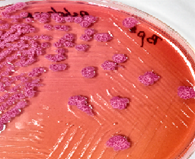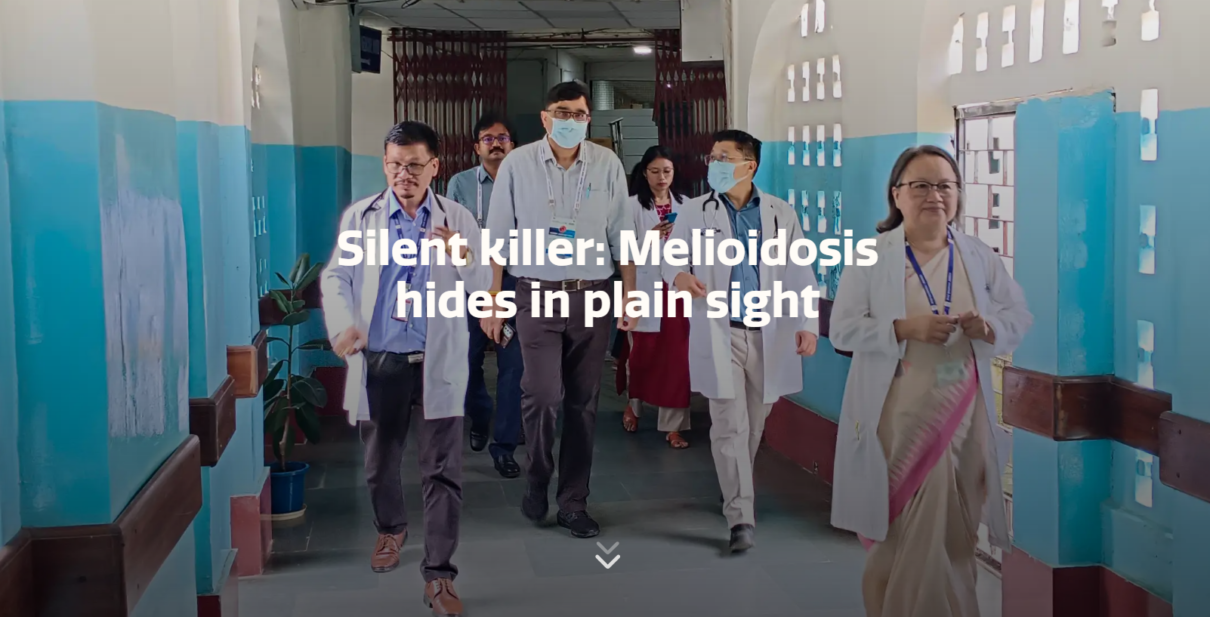- January 2, 2025
- by CETD Admin
- Melioidosis, Tropical Diseases
Imagine a disease that is deadly, misunderstood, and almost forgotten by history. This is the story of melioidosis, also known as Whitmore’s disease, a tropical illness discovered over a century ago but still battling for recognition today. Alfred Whitmore, a British pathologist stationed in Burma (modern-day Myanmar) during the early 20th century, is one such figure. His discovery of melioidosis, a tropical infectious disease, represents an extraordinary blend of dedication, innovation, and persistence in the face of challenges.
Who Was Alfred Whitmore?
Born in 1876 in England, Whitmore’s journey into medicine was shaped by an early curiosity about nature and biology. After completing his medical training at Cambridge University and St. Mary’s Hospital in London, he joined the Indian Medical Service. His career took him to Rangoon General Hospital in Burma, a modest and often unsanitary facility where he began to explore the complex relationships between clinical symptoms and laboratory science.

The Birth of a Discovery
In 1911, while working alongside his assistant C.S. Krishnaswami, Whitmore conducted a postmortem examination on a patient with unusual symptoms. The patient’s lungs displayed a distinctive consolidation, initially thought to resemble glanders, a disease common in horses. However, further investigations revealed that this was no ordinary bacterial infection. Whitmore identified a unique pathogen, later named Burkholderia pseudomallei, marking the first documented case of melioidosis.
The disease, characterized by symptoms like pneumonia, sepsis, and abscess formation, puzzled Whitmore and his team. In subsequent studies, they linked many cases to individuals who used morphine, though the exact connection remains uncertain. Their research was groundbreaking, and they published their findings in 1912, detailing 38 cases of this new disease.


Challenges and Neglect
Despite initial recognition, Whitmore’s work on melioidosis did not gain sustained attention. World War I interrupted his research, and by the time the war ended, Whitmore had moved on to other responsibilities. The disease, largely affecting marginalized communities in Burma, was neglected by colonial authorities. The stigma surrounding the affected individuals—often impoverished and addicted to morphine—further marginalized their plight.
The Legacy of Melioidosis
Fast forward to today, and melioidosis is still considered a neglected tropical disease. It is endemic in regions like Southeast Asia, northern Australia, and parts of Africa and the Americas. However, its impact is immense, with an estimated 90,000 deaths annually worldwide. Efforts to include melioidosis in global neglected tropical disease surveillance systems have been limited, despite its significant disease burden.

Lessons from Whitmore
Alfred Whitmore’s story is more than just a tale of discovery; it is a reminder of the need to balance scientific rigor with compassion and a commitment to public health. His advocacy for integrating laboratory research with clinical practice was revolutionary for his time. Today, his life inspires researchers to continue bridging gaps in neglected areas of medicine.
As we strive for more inclusive and equitable healthcare, remembering figures like Whitmore ensures that their contributions do not fade into obscurity. His work serves as a beacon, urging us to prioritize the unseen and unheard voices in medicine.
Melioidosis might not be a household name, but it deserves our attention. With increased awareness and action, we can change the narrative of this forgotten disease and give it the recognition it truly deserves. After all, history shouldn’t repeat itself—especially when lives are at stake.











